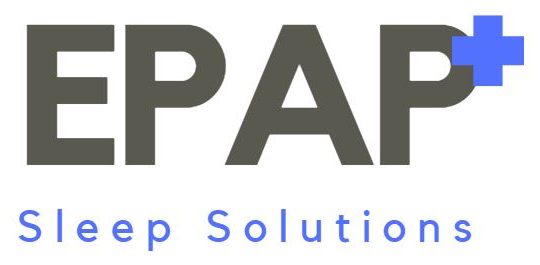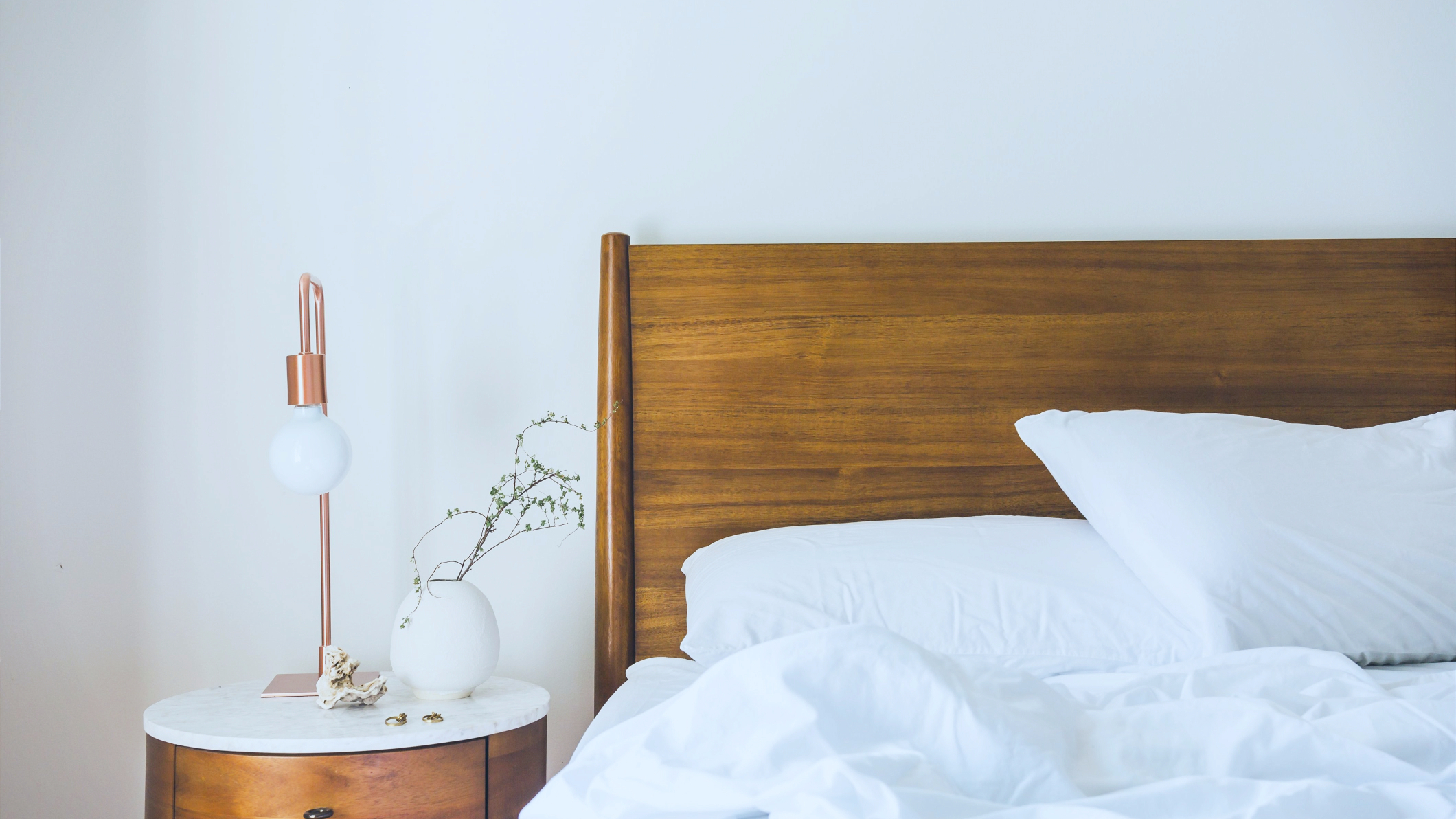EPAP is a treatment for sleep apnea, OSA, and moderate snoring.
EPAP devices operate using two small valves. These valves draw air into each nostril. Unlike CPAP machines, a more popular treatment solution for OSA and sleep apnea, an EPAP device does not force or encourage exhale.
Adhesive tabs fix the valves in place outside of the nose. How and why do EPAP devices work? This is actually still somewhat of a mystery in the healthcare industry. Although studies have shown that EPAP is a useful treatment, the functioning mechanism is unknown.
Some think that the resistance to nasal exhalation builds up CO2, which increases the patient’s respiratory drive. Other specialists think the resistance to exhalation creates pressure that requires the upper airway to open wider.
Individuals with mild to moderate OSA find EPAP to be effective although it rarely eliminates all symptoms of apnea. Moderate OSA is defined as less than 30 on the Apnea index.
The primary use case is for people who cannot use CPAP devices or are seeking natural and alternative solutions. Individuals who cannot tolerate CPAP devices are something of a mystery as well in the medical field. Professionals are unsure why some individuals biological systems reject CPAP devices while others tolerate them.
EPAP has been studied in one small trial on children. The results showed there is substantial evidence that it can help children with OSA. Undoubtedly, it reduces snoring.
Individuals with large amounts of nasal obstruction won’t find EPAP to be a successful treatment approach.
Clinical trials demonstrated EPAP side effects to include difficulty falling asleep, difficulty breathing, difficulty staying asleep, dry mouth, nasal congestion, and anxiety.
The most popular proven EPAP device for OSA is owned by Theravent.

